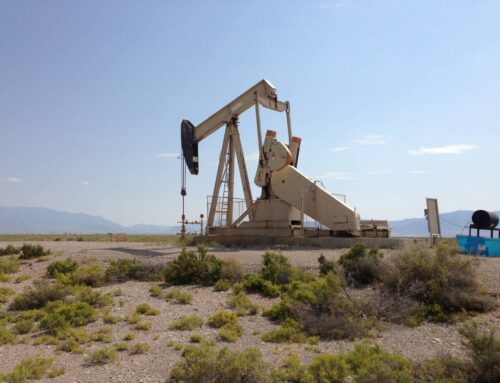Last month’s disastrous meltdown of the Texas electric power grid due to unusually cold weather revealed the critical importance of infrastructure resilience to American life as extreme weather events intensify and the world’s climate changes.
Every major power generation technology – gas, wind, coal and nuclear – experienced operational failures in the face of the harsh cold. The lack of adequate weatherization preparation by Texas utilities left millions of Texans without power or water for days, resulting in the loss of more than a dozen lives and causing at least $155 billion in property damages.
The 1,350-megawatt nuclear power plant South Texas Project Unit 1 tripped offline for more than a day during the cold snap as its essential feedwater pumps froze. This nuclear plant has had a history of trouble: Its start-up ran seven years behind schedule, and its initial cost estimate of $964 million ballooned to $5.5 billion by completion in 1988 – more than five times its initial budget.
The South Texas Project is a microcosm of America’s troubled nuclear power industry, with power plants running far behind schedule and costs running far above budget. Meanwhile, taxpayers are left holding the bag. Though this project lacked the ability to withstand the freezing weather, the nuclear energy industry — not to mention other energy sectors as well — has proven its ability to obtain and maintain generous flows of taxpayer dollars.
For more than seven decades, federal taxpayers have supported the nuclear industry through embedded subsidies up and down the supply chain, including foregone royalties on uranium from federal lands, funding for development and demonstration projects, loan guarantees for new construction, covered liabilities for accidents, eventual nuclear waste repository management, access to federal facilities and tax credits.
The resilience of nuclear subsidies was illustrated again when the Bipartisan Budget Act of 2018 included a renewal of the nuclear production tax credit. This expired credit was first enacted in the 2005 Energy Policy Act, but it was extended indefinitely by removing any necessary in-service date for qualification. Tax credits for renewable energy technologies are normally scheduled to be phased out under current law (although they are routinely extended from year to year). This subsidy has no expiration and could cost taxpayers 6 billion dollars.
Loan guarantees are another nuclear subsidy that put federal taxpayers at high risk. Created in 2005, the U.S. Department of Energy’s Loan Guarantee Program considered several nuclear subsidy recipients, but most projects pulled the plug after running into problems, despite the opportunity of federal backing.
One nuclear project that has continued to move forward, the Vogtle reactor project in Georgia, currently holds $12 billion in federally backed loans, but the project continues to encounter delays and cost overruns. So maybe “move forward” is a little generous.
As recently as last December, additional subsidies for nuclear reactors were being debated on Capitol Hill. Newly introduced climate legislation would also consider nuclear energy a zero-emission solution as part of a proposed federal Clean Electricity Standard, and additional proposals are likely to be raised this year as proponents tout nuclear reactors as part of a climate solution.
However, the costs and long timeline for getting new reactors online makes them a costly, unrealistic solution that could crowd out other more promising investments.
Even after federal taxpayer subsidies to the nuclear industry are factored in, utility ratepayers who receive power from nuclear plants must also shoulder higher costs in their monthly utility bills. In a recent report, the U.S. Energy Information Administration reports that advanced nuclear power plants due to enter service in 2026 have an estimated levelized cost of electricity of $63.10 per megawatt-hour, including the nuclear industry’s generous levelized tax credit.
Competing energy technologies offer lower costs than nuclear. For instance, EIA reports that onshore wind energy entering service in 2026 has an estimated LCOE of $36.93 per megawatt-hour without the wind energy production tax credit, which is scheduled to be phased out by 2026.
Nuclear power is often touted as critical to stability in electricity markets as the country and world transition away from carbon intensive fuels like oil and gas. But as Texas shows, nuclear is not immune from climate-related interruptions. As the country considers investments to simultaneously cut greenhouse gas emissions while improving the resilience of our energy supplies, taxpayers should not be forced to provide even more subsidies to an industry that has benefited from them since the Truman administration.
The bottom line is that nuclear power comes with high costs, significant subsidies and financial risks too great for American taxpayers to shoulder any longer. Between the Texas grid crisis, the ongoing pandemic and related financial challenges, and our country’s ever-exploding debt, we need truly resilient energy technologies to face the increasing frequency of extreme weather events – not troubled legacy industries that require endless subsidies.










Get Social